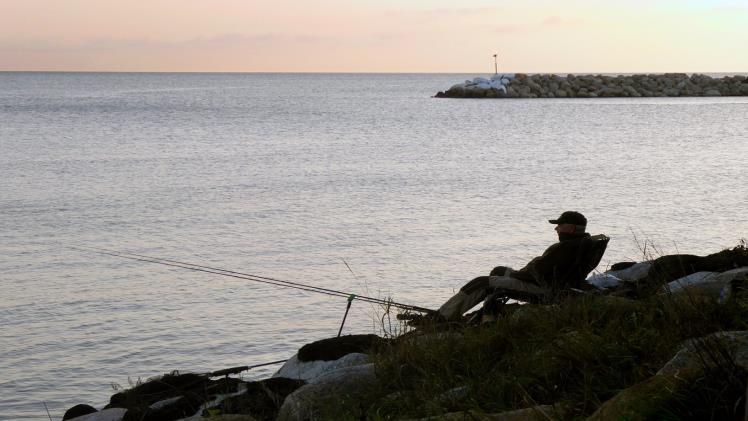Recreational Fishing

Recreational fishing is a growing activity around the world. It offers individuals an opportunity to find balance, strengthen family ties and gain an appreciation of natural systems. Furthermore, recreational fishing instills feelings of awe and humility when confronted by nature’s intricate beauty.
Sport can be a great way to take the edge off daily stresses and find some peace of mind, especially for children and the elderly who could benefit from an enjoyable recreational activity.
Industrial fishing typically utilizes large-scale, mobile gear (trawls, trolls and drifting nets) or static equipment like pots and handlines; on the other hand recreational fishing is generally done by a few individuals using only one rod and reel or terminal tackle on boats or in lakes, rivers and seas.
Recreational fishing typically has a minimal environmental impact compared to industrial fisheries, yet this raises concern among conservationists who believe amateur anglers are often subjected to the same rules as commercial fishermen and thus lack an opportunity for meaningful contribution to management decisions.
Recreational fishing typically occurs in oceanic waters, though it’s not unheard-of for it to take place inland as well. For instance, ice fishing has become increasingly popular in parts of the United States and Canada where heavy freezing allows it.
Globally, estimated total catches of taxonomically identifiable recreational species were dominated by Sparidae (porgies; 12%), Scombridae (mackerels, tunas and bonitos; 10%) and Carangidae (jacks; 6%). Elasmobranchii (sharks and rays; 5-6%) and Gadidae (cods and haddocks; 5%) also made significant contributions to this total catch.
Notable among these was the prolonged civil war in Angola, during which fishing catches were reduced to around 5 tons yearly. This decline was primarily caused by a decrease in Sphyrna spp. and Istiophorus platypterus catches, both important gamefish species in this region.
However, in the 1990s and early 2000s there was an impressive spike in fishing activities. This was largely due to an increased harvest of Coryphaenidae (dolphinfishes commonly known as mahi-mahi) and Moronidae (basses; Figure 6).
Reconstructed recreational fishing activities in the Philippines were largely concentrated around organized competitive events for medium and large pelagic fishes such as Scombridae and Istiophoridae, along with reef fishing using spear guns without SCUBA gear.
In addition to these recreational pursuits, the Philippine marine fishery is also renowned for its extensive subsistence fishing for food (Palomares and Pauly 2014). Certain species such as mackerel, octopus and sea urchin are highly sought-after in traditional diets; conversely cuttlefish, sea snakes and certain sharks and rays may not be so desirable.
Recreational fishing has long had environmental and economic benefits, yet is increasingly facing pressures from conservation agencies and non-governmental organizations (NGO’s). These agencies have designated nature conservation areas and then implemented restrictions or bans on sport fisheries within them. This has caused conflict between fishermen and conservation organizations, leading to much political debate and protest in recent months.
